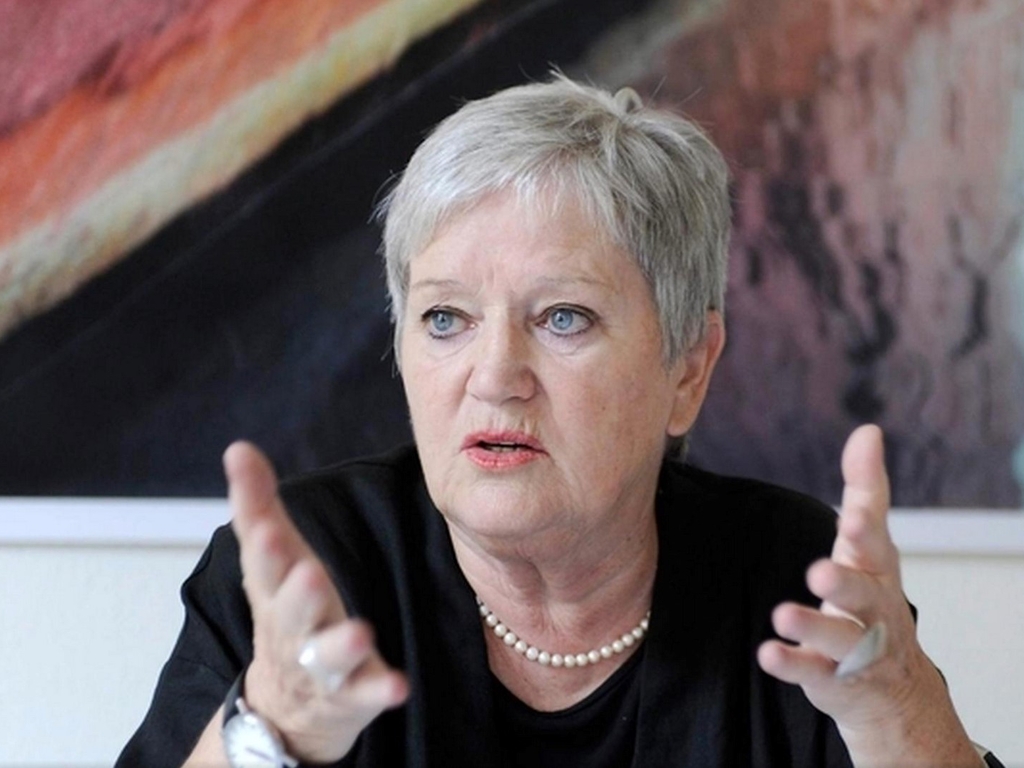15 years ago, Ruth-Gaby Vermot-Mangold together with an international team nominated 1000 women for the Nobel Peace Prize. In an unprecedented initiative, they searched the world for women working for peace and justice. On the occasion of its anniversary we interviewed Ruth-Gaby Vermot-Mangold, initiator and co-president of PeaceWomen Across the Globe, about the decisive moments of the project.
How did the idea for the "1000 Women for the Nobel Peace Prize" initiative come about?
In my work I have repeatedly met women who rebelled against injustice and fought for their rights. But their protests largely went unnoticed. As a National Councillor and member of the Council of Europe, I was spokesperson for the refugee situation in the South Caucasus. In the refugee camps I met many women who coped with the difficult day-to-day tasks with little money and a great deal of personal effort. During a trip to Chechnya, I met a young woman, Lara, who was teaching children in a bombed-out cellar. Her wish was for "beautiful" books to show the children a peaceful world. The next time I visited, I brought along some books, but Lara was dead, shot by snipers. This and other terrible experiences moved me. And then the idea of nominating 1000 women for the Nobel Peace Prize was born.
The nomination was a huge undertaking. How did you manage it?
A team worked around the clock in our tiny office. We looked for coordinators in the different regions of the world, founded an international association and developed strict criteria for the selection of PeaceWomen. It was a crazy time! In the end we had to choose from more than 2000 women to find the "1000 PeaceWomen".
What was the main message of the project?
Look – and see the tireless and unspectacular reconstruction, care and peace work of women in conflict countries, but also in so-called peaceful countries. Learn from these women. Give them and their experiences and demands an important place in peace negotiations and governments! That was about how we felt.
What exactly did you want to achieve?
We wanted to make these PeaceWomen, these committed feminists, visible. With the "1000 PeaceWomen Across the Globe” book, the film "1000 Women and a Dream" and many media reports we gave them more visibility. Our "1000 Faces of Peace" exhibition was shown thousands of times worldwide – in schools, at universities, in churches and villages.
The 1000 women did not win the prize at that time. What happened after that?
We were disappointed and wanted to give up. But there were immediate protests: we should continue to support women's peace work, because "peace without women" is simply not possible – it is imperative that women participate in peace processes and exert their political influence. That convinced us. Creating a new organisation out of this wonderfully lively, wild sisterhood and making projects possible was not an easy step. But we succeeded.
What relevance did the project have for the feminist peace movement?
The idea sparked something – 1000 women, all taking on the task of creating a place of peace out of a divided and wounded world and to care for the traumatised victims of war! But a good idea is not enough to change the world forever. It needs the focused peace work of feminist women's organisations. It needs women’s tireless and powerful work.
How has the situation of peace activists changed in the last 15 years?
Pressure from women's peace organisations has convinced international organisations that without women, lasting peace is impossible. Resolutions such as UN Resolution 1325 on "Women, Peace, and Security" call for the participation of women. However, progress is slow. Between 1992 and 2018, for example, only 3% of mediators in peace processes were women. Organisations like ours must continuously exert pressure and raise the issue of "women and peace", with good projects and through international cooperation.
Bern, May 2020
